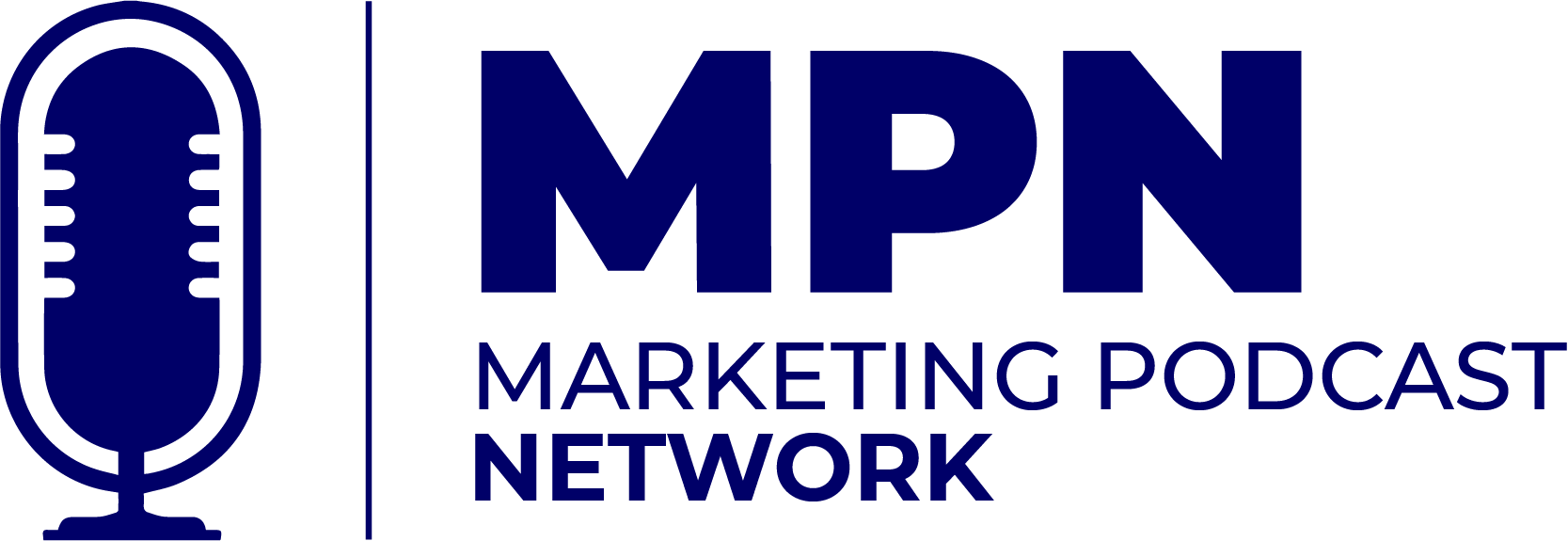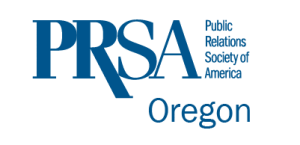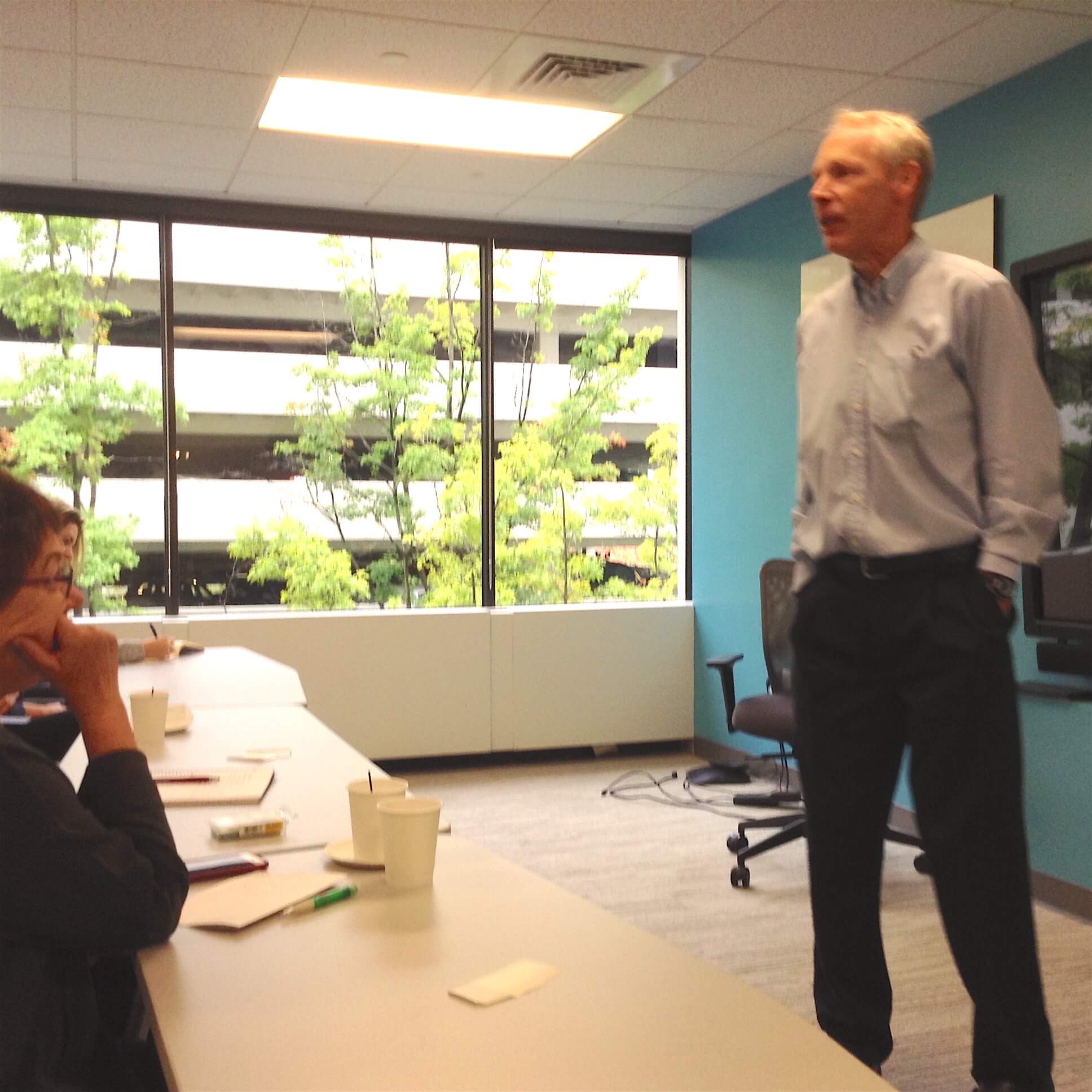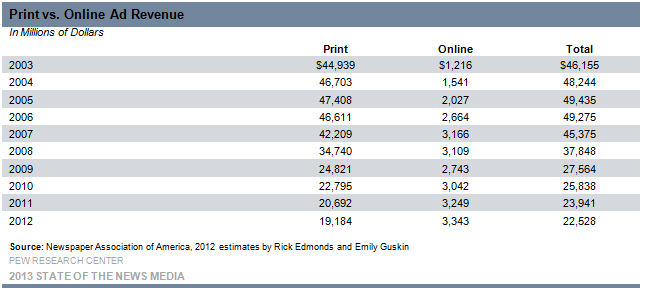![Behind the News with Christine Pitawanich: An Education in Pandemic Reporting [Podcast]](https://www.veracityagency.com/wp-content/uploads/Christine-Pitawanich-800x600-1.jpg)
Behind the News with Christine Pitawanich: An Education in Pandemic Reporting [Podcast]
This week on the PR Talk Podcast, Amy is joined by Christine Pitawanich, education reporter for KGW-TV News, an NBC affiliate television station serving the Portland, Oregon area. The two discuss Christine’s experience reporting during the pandemic, how it affected investigations, changes in education reporting, and tips for PR people pitching TV.
Being a Reporter During the Pandemic
Before the pandemic, Christine worked as a general assignment reporter for KGW, meaning she would report on a variety of compelling stories. But when the pandemic hit, the scope of work changed for many reporters causing many of them to work from home or be assigned “beats” — which are specific topics to focus on — leading Christine to concentrate on education and COVID reporting.
Because the pandemic altered many aspects of life, it took center stage on many newscasters’ desks, including Christine’s. In fact, her in-depth investigation on Oregon ICUs during the delta wave won an Emmy. However, investigations on how organizations handled this crisis didn’t stop in the healthcare industry. Christine found plenty to examine within education, especially regarding COVID issues.
The Evolution of Education Reporting
Recalling the beginning of the pandemic, Christine set out to address the confusion schools, caretakers and staff were experiencing through discovering answers. With masking mandates, staffing shortages, and leadership being questioned, Christine’s conversations with interviewees tended to introduce new concerns to investigate.
While reaching out to districts, Christine found it difficult to obtain clear answers, possibly due to their fear of criticism. Teachers and staff were nervous about speaking out on school issues, making it hard for Christine to tell their stories. Luckily, as time persisted, she found caretakers and students willing to voice their opinions to elevate the current issues.
Although education has always been on Christine’s radar, now more than ever, people are looking for answers, and so is she. Since education reporting trends could change at any moment because of COVID restrictions and other safety issues, she doesn’t see this beat slowing down anytime soon.
Tips For Your Next TV Pitch
With no shortage of issues surrounding education and COVID topics, Amy asked how PR people can stand out while also helping reporters. Since Christine receives pitches from PR people on the daily, she had many thoughts. Alongside her preference for local ties, Christine prioritizes timely pitches and available interviewees.
Timeliness: Since TV reporters have tight deadlines, it is key that the PR person sends their pitch early. Christine noted that sending the pitch a week ahead of time and on the day of (said event) is ideal. In “A Modern Guide to Public Relations,” Amy goes more in-depth on media etiquette and how to work with TV based on conversations with various reporters.
Availability: With timeliness comes the availability of your interviewee. When pitching an idea to a TV reporter, be sure that your interviewee is available within two hours of an interview request. Christine advised that before sending a pitch to TV, PR people should ensure their client is prepped and ready. Preparing your interviewee for the reporter could guarantee your spot above someone else. Remember, as PR pros, we are here to serve both the client and the reporter.
To hear Christine’s advice and more about her decades of personal reporting experience, tune in now.
Don’t Miss an Episode
If you haven’t already subscribed to the PR Talk Podcast, you can find more great episodes on iTunes, Stitcher, Google Podcasts, iHeart Radio and Spotify. While you’re there, don’t forget to rate and review the show!
About the guest: Christine Pitawanich
Christine is a reporter who shoots video, writes and edits footage, creating her own stories from the ground up at KGW-TV News, an NBC affiliate television station serving the Portland, Oregon area. Before KGW, she worked as a multimedia journalist for KOBI-TV NBC 5 News in Medford, Oregon. Christine recently received an Emmy award for her work on Overwhelmed: Inside Oregon’s ICUs, which showed how COVID’s delta wave affected healthcare workers. Her main investigative focus is now education.
PR Talk is part of the Marketing Podcast Network
The Marketing Podcast Network gives brands that sell to marketers direct access to reach thousands of buyers via their trusted media source: Marketing podcasts. Browse our library of shows and see where your message can be placed to reach prospective customers ripe for your message.
This episode of PR Talk is brought to you by PRSA Oregon
Throughout Oregon and Southwest Washington, PRSA provides members with networking, mentorship, skill building and professional development opportunities – whether you are a new professional fresh out of college or a skilled expert with 20 years in the industry. Check out PRSAoregon.org for more information on how membership can help you grow and connect.










